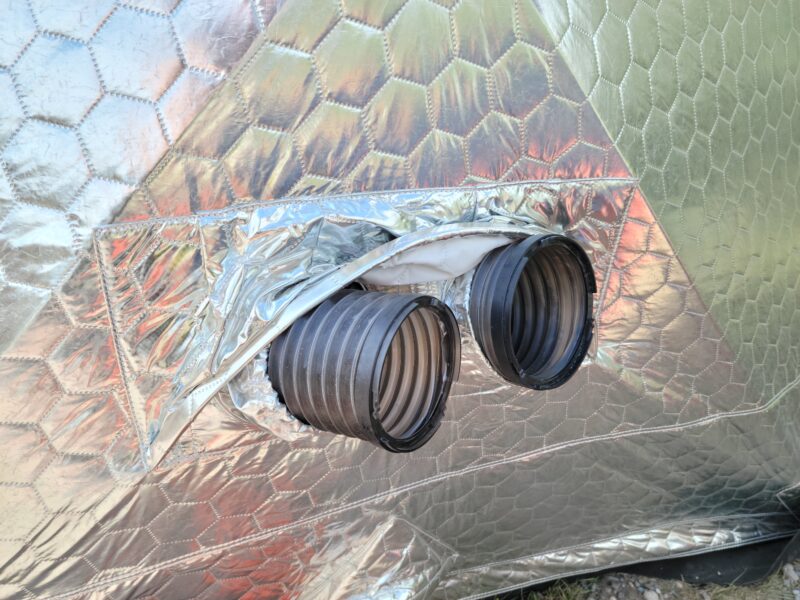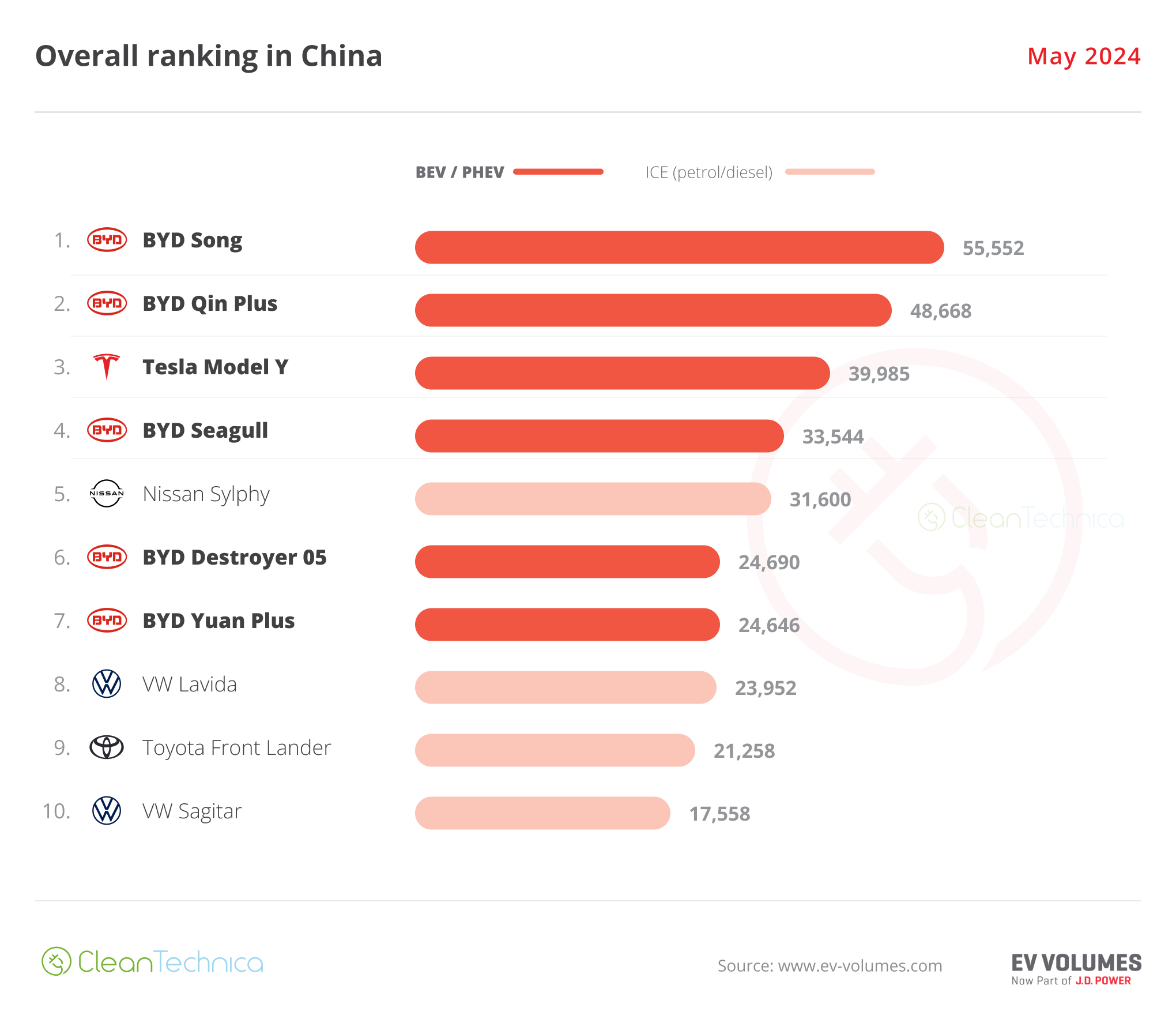
A couple of months ago, EcoFlow announced its Wave 2 portable air conditioner with heat pump. The company seems to really appreciate our reviews, so the team sent me this one early, before it was announced. But, sadly, one challenge led to another, and I kept not having a good chance to give the HVAC unit a really good test. Sure, I could have fired it up hooked up to a tent in the yard, but that doesn’t really give readers a good idea of what the thing would really do out in the field.
For readers who don’t want to read the whole thing, here’s a quick summary: It’s a decent portable air conditioner that can serve in a variety of roles both at home and off-grid. But, there are two things you’ll need to think about when planning to use it.
Specs & Such
I try to not delve too deep into the weeds on specifications when doing reviews, largely because it would mostly be a copy and paste kind of job. You can find the full specifications here at the company’s website. But, I’ll cover a few things that I think are the most important.
The biggest thing I noticed in testing is that the Wave 2 is a lot smaller than the original Wave. It’s just a little more than half as tall, and weighs less. This makes it a better fit for portable use, and even at home, it’s nice to not have it take as much room. Like the original Wave, the optional battery fits under the unit. The vents are on top of the unit, but they can be aimed forward or more upward as needed, so no flexibility in where you want the chilled or warmed air to go is lost.
Speaking of warmed or chilled air, the original Wave only did cool air. The Wave 2 includes a heat pump feature, so you can not only cool a tent off, but heat it up! Living in the Southwest, I haven’t had a chance to test the heat pump feature without killing myself, but I’ll follow up on that in the fall.
Another feature I found interesting was that it uses R290 propane refrigerant, meaning it has a lot less potential for environmental harm either because the unit springs a leak later in its service life or at the end of its serviceable life during disposal. Older refrigerants, like Freon (R-12) tended to be a lot more dangerous for ozone and climate change concerns.
Like the original Wave, it has full app connectivity, and it works off-grid. You can just connect to it via Bluetooth and control it. Or, you can always just use the buttons and screen on the unit itself, but who wants to get out of bed in a tent?
Finally, like the original Wave, it’s very flexible. It can be used with dual hoses, with a single hose (unit outside), with a foam board that routes hoses through a window, or just open to the elements. Using an insulated shelter and routing the incoming and outgoing condenser air through hoses is the most efficient setup, but you could do almost as good to just put the rear side of the unit outside and zip a tent/shelter around it in a pinch. Or, if you just want some cool air to be blown on you for a bit, you can just use it straight out of the box.
My Testing
Before heading out, I unpacked and tested the unit briefly to make sure it worked properly, but I didn’t feel good about doing that for a review. So, I waited to get out into the woods and actually depend on it for comfort.
At my campsite, I put the Wave 2 inside my Shiftpod shelter. For those unfamiliar, Shiftpods are quick-setup insulated shelters that are commonly used at music festivals and other situations where people would “glamp.” One really cool thing about them is that they’re pre-made to accept hoses from heating and air conditioning units, and the openings clamp down over the hoses to keep air leakage to a minimum. They also have another drawstring hole below the HVAC holes for an electrical cord (either from the grid, a generator, or even solar panels).
Despite my Shiftpod being somewhat large (it’s not the Mini), the Wave 2 quickly cooled the inside of the tent down and made it comfortable to sleep for as long as it ran. But (through no fault of EcoFlow), it eventually stopped running.
Which brings me to the only three things to watch out for in my testing.
First, make sure you have adequate power for your particular needs. Eco mode probably won’t cut it for the hottest weather, so the built-in battery’s advertised 8-hour runtime won’t happen. For milder weather, though, that’s probably about right. If you have access to grid power, this isn’t a problem at all, but if you’re trying to heat or cool a shelter or structure off-grid in poor conditions, expect to use 500-600 watts continuously and plan your solar and battery accordingly.
On future trips, I’m going to use my EV’s battery as a backup power source in the event my solar doesn’t keep up with demand. It didn’t help that my campsite was in the middle of an unexpected thermal inversion (temperatures were hotter at the top of the mountain than the bottom) and that a bunch of clouds came through that weren’t in the forecast. So, it’s most definitely my own fault and not EcoFlow’s!
Another thing I’d recommend keeping in mind is that the unit isn’t designed to be super rugged. It’s not made of glass or anything, but don’t plan on just throwing the unit in the back of a pickup and driving down a forest road. Hoping for the best won’t get you very far if you don’t keep it in the original packaging or use the optional carry bag. Using either of those options gives you the added benefit of having a clean spot to store all of the accessories, hoses, and other things you might need on trips.
Finally, I found that the Shiftpod’s blackout material did help keep the light out during some daytime sleeping, but the hoses did end up letting in some light. This was easily solved by covering the hoses with a towel.
All in all, despite these minor issues, I had a great experience taking the EcoFlow Wave 2 on my off-grid trip. If you get one, and learn from my experience ahead of time, you’ll have an excellent experience just like I’m going to on future trips.
I don’t like paywalls. You don’t like paywalls. Who likes paywalls? Here at CleanTechnica, we implemented a limited paywall for a while, but it always felt wrong — and it was always tough to decide what we should put behind there. In theory, your most exclusive and best content goes behind a paywall. But then fewer people read it! We just don’t like paywalls, and so we’ve decided to ditch ours. Unfortunately, the media business is still a tough, cut-throat business with tiny margins. It’s a never-ending Olympic challenge to stay above water or even perhaps — gasp — grow. So …
Sign up for daily news updates from CleanTechnica on email. Or follow us on Google News!
Have a tip for CleanTechnica, want to advertise, or want to suggest a guest for our CleanTech Talk podcast? Contact us here.




